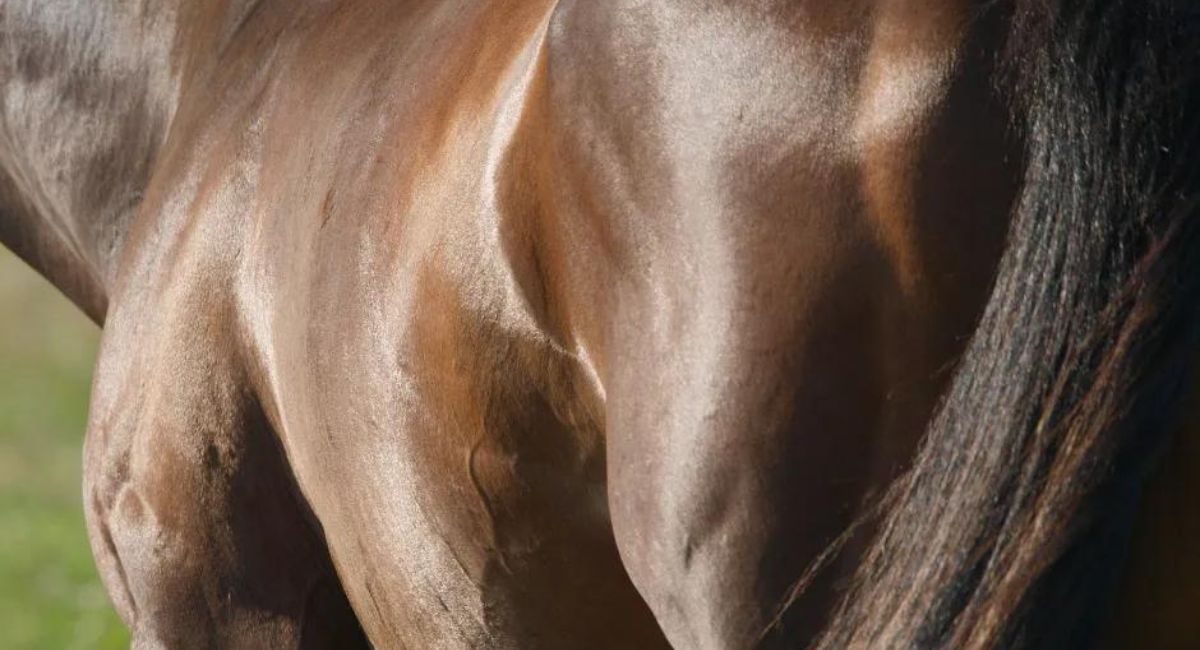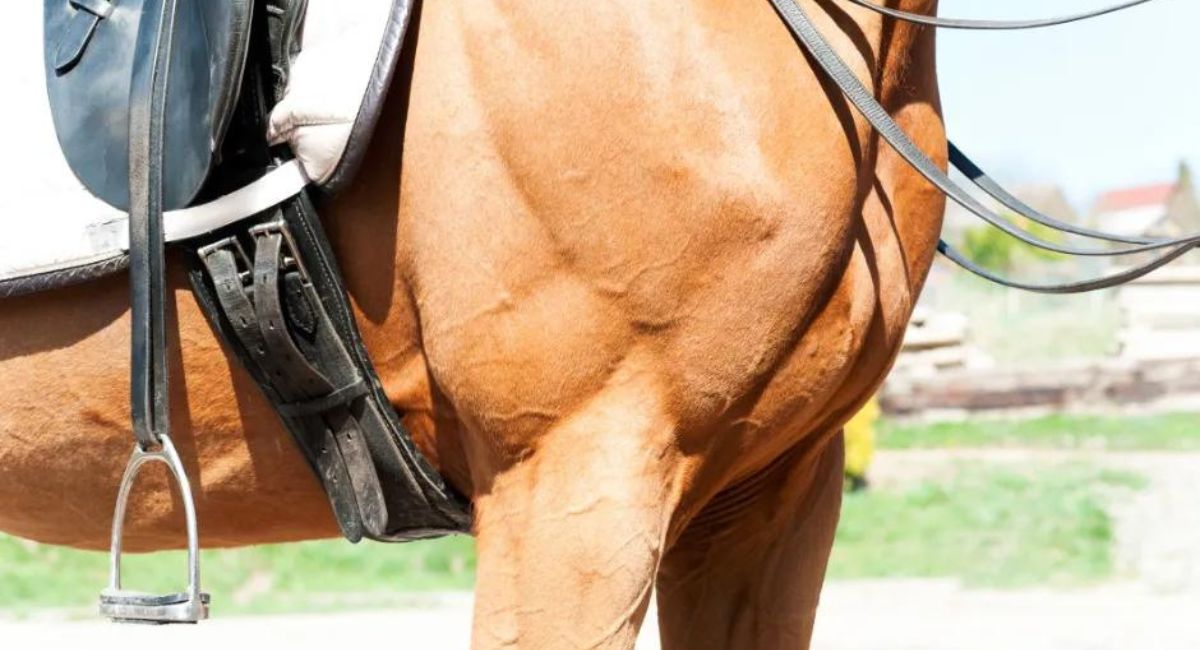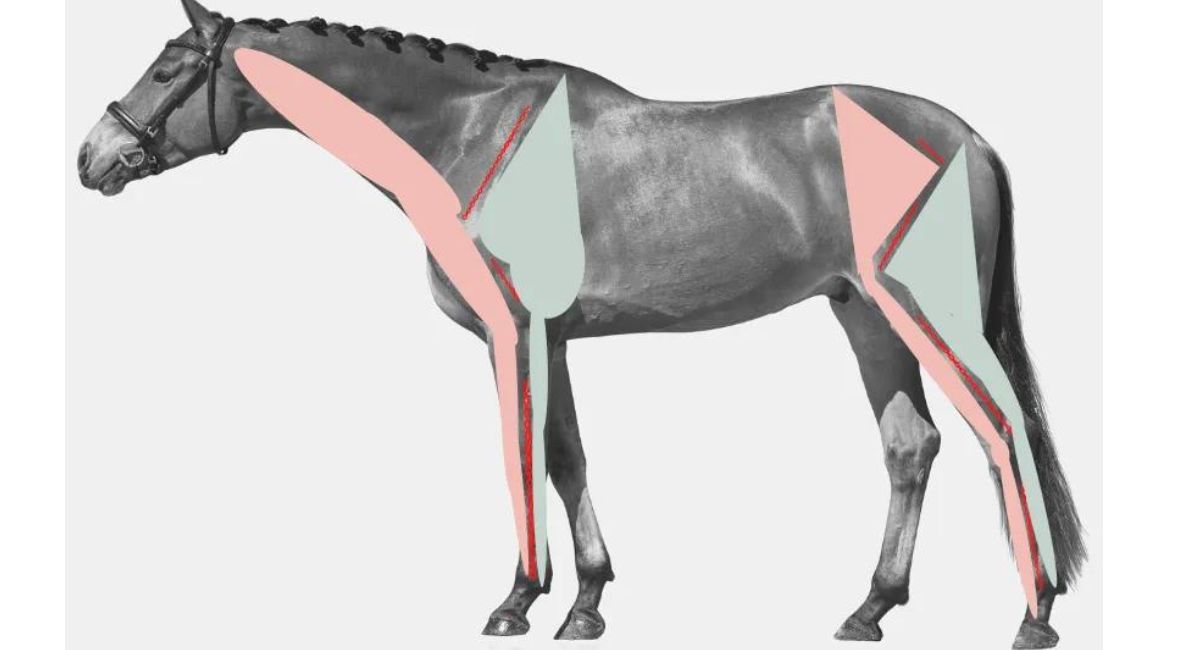Menu

The muscle composition of your horse honestly and straightforwardly tells the truth about the horse's movement pattern. According to Pauline Preston, who works with osteopathy and biomechanical training of horses among other things, it's about finding the balance in muscle use when training the horse. This way, the horse uses itself correctly without unduly wearing down certain structures in the body.
A muscle can do two things: contract and relax. When a muscle contracts, it becomes shorter and pulls on the structures it's attached to.

Muscles always work in teams or groups, performing a task together. In a team, there are always multiple players. You could say that the primary muscles have teammates whose job is to stabilize and work so that the whole team achieves its goal.
If a player on the team gets injured, another must take over. It's obviously important that there's a good balance between both players and teams. It doesn't help if only some players are doing something. This causes imbalance and thus unbalanced movements.
Read also: 12+ hours optimal: Turnout time influences the risk of soft tissue injuries
In horses, you can find the most important co-player and counter-player relationships here:
According to Pauline Preston, thrust and support are a good example of a relationship between two teams. When looking at the musculature in these areas, it will reveal whether there is balance between the teams.
The muscles that the horse uses the most are the most developed and often visually larger. This way, the muscle composition tells you a lot about which movements your horse prefers and which movements your horse uses less. The latter gives you an indication of where you should focus in training your horse.

In this area, you find the muscles that, among other things, move the leg forward, also known as the advancing muscles. A horse that doesn't move its legs properly forward will often have poor muscle development in the pink area. Often, you will also see that it hangs on the forehand.
Read also: A key focus point: Does sitting straight on your horse feel awkward?
A horse that doesn't activate the muscles in the pink zone will often have relatively good musculature in the pink zone on the forehand, but lack it in the pink zone in the hindquarters. If your horse works symmetrically, according to Pauline Preston, it will have the same fullness in the pink zone in both the front and hind parts.
In this zone, you find the musculature responsible for thrust. According to Pauline Preston, it's rare that you need to focus so much on this part of the horse's musculature, as many horses are strong here.
Many riders, according to Pauline Preston, focus too much on this muscle zone, as there is often a belief that these muscles alone create suspension. However, according to Pauline Preston, suspension is only possible if there is harmony in the musculature.
Conversely, the thrust muscles in the worst case lower the back and thus work somewhat against what we want to achieve. Namely, the lifted back and good flow.
Source:
“Pole Training” by Pauline Preston.